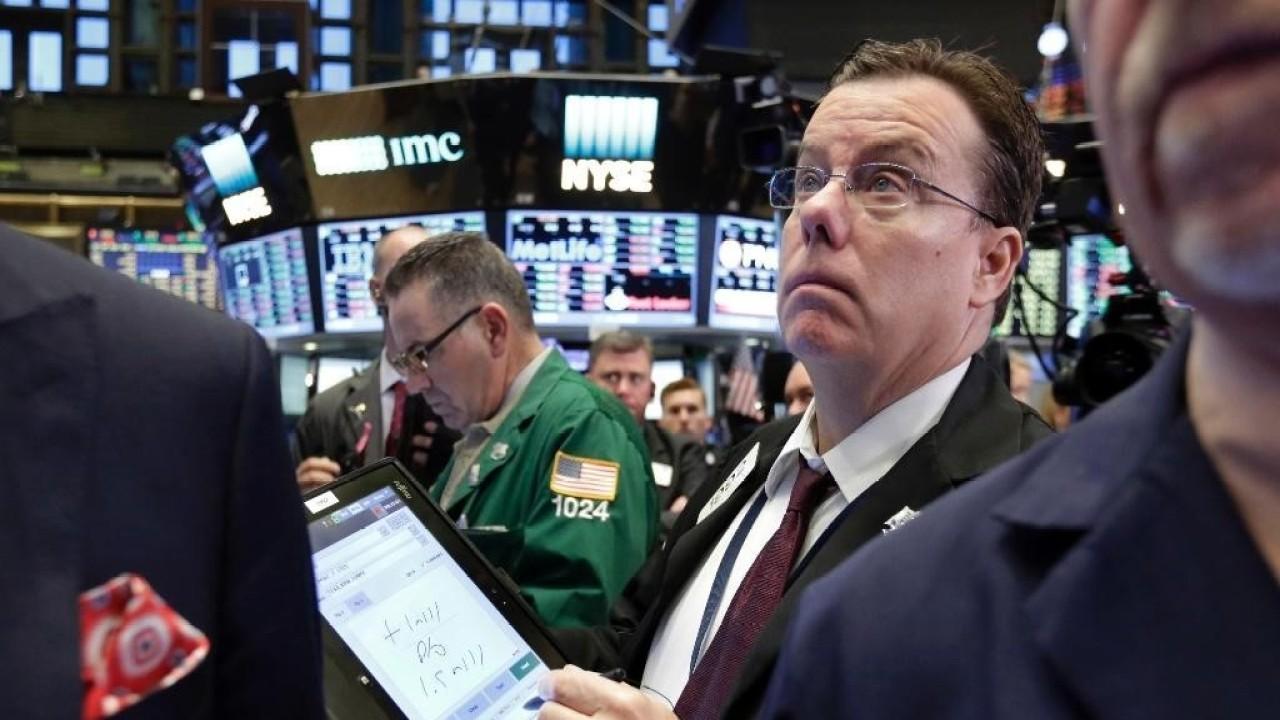What is a stock market correction?
The S&P 500 has generally taken nearly a year to regain its pre-correction peak
During stock market swings like those in the early stages of the COVID-19 pandemic, the term "correction" is tossed around frequently.
It's not just another synonym for a decline.
A correction occurs when a security falls 10 percent or more from its most recent peak. Corrections can occur in stock-market indexes, single stocks, commodities and all other types of financial instruments. A drop that exceeds 20 percent is considered a bear market.
STOCKS MAY RECEDE TO CORONAVIRUS LOWS AS RALLY LOSES TRACTION
Going back to 1928, the benchmark S&P 500 has experienced 65 corrections, according to Dow Jones Market Data.
Corrections have no set duration as their length depends on a number of factors including the economy and decisions specific to a company or industry.
CLICK HERE TO READ MORE ON FOX BUSINESS
The average correction has lasted 51 trading days, with a decline as large as 14.4 percent at its trough, Dow Jones Market Data showed. The S&P 500, a widely-followed gauge of U.S. equities, has taken an average of 316 days to return to its previous peak after experiencing one.




















